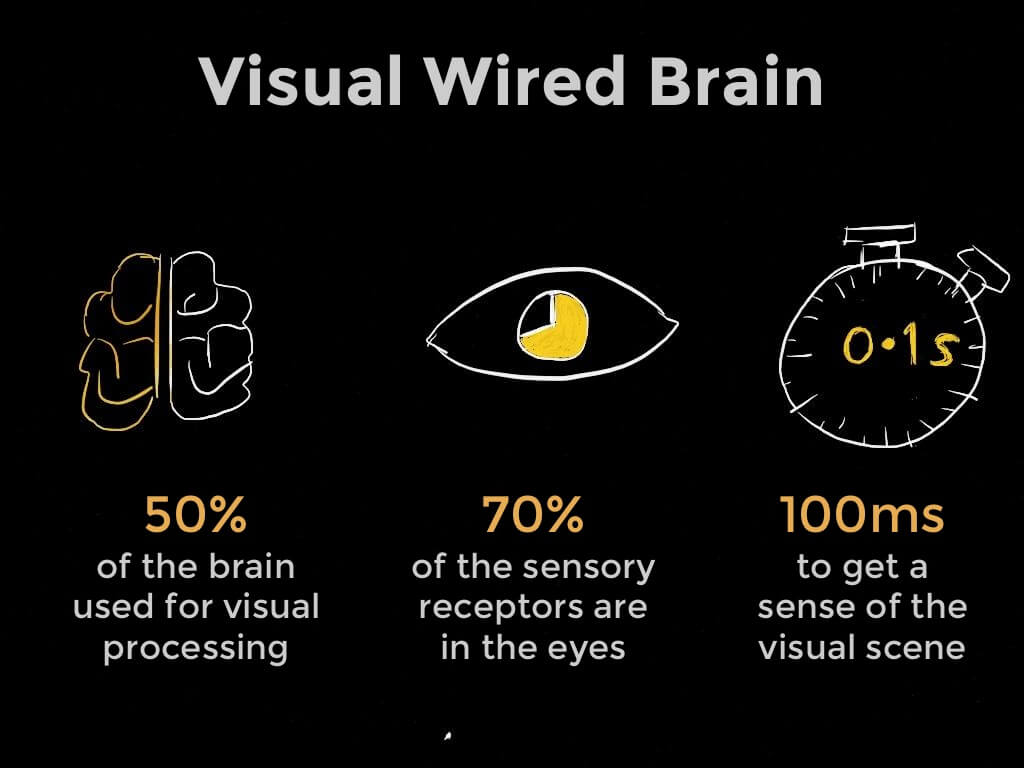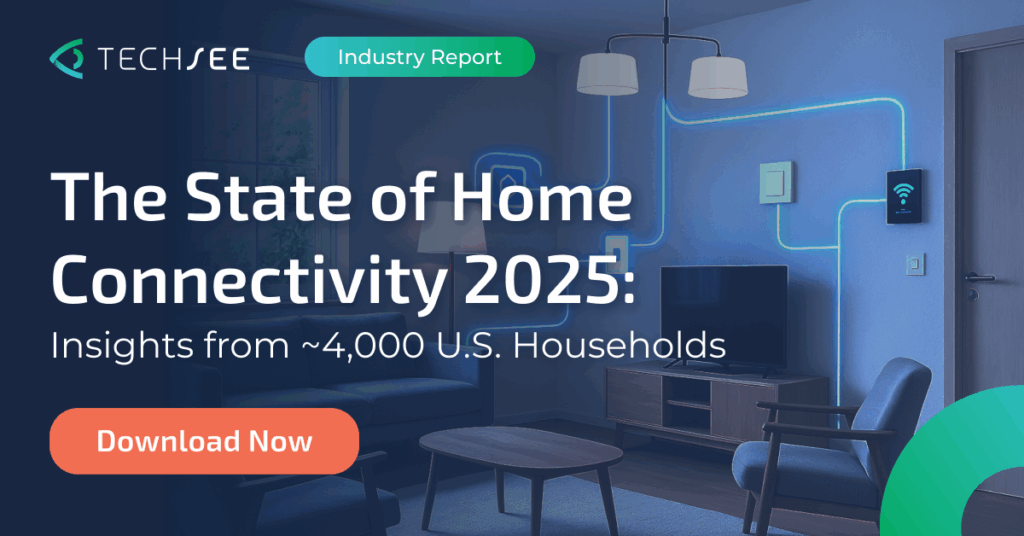Contents
As the global economy is turning consumer-centric, customer service is becoming a main differentiator for brands. It’s no surprise then that customer satisfaction is a main KPI for most call centers.
In this new reality, it is vital to keep up with consumer demands to ensure customer retention, engagement and satisfaction. As a result, we are experiencing a transformation of the current support model. We are seeing brands adapt to consumer demands in order to stay in the game.
This means using the latest technologies over new channels in an effort to provide the best support experience possible.
The Current State of Technical Support in Customer Service
Technical support is a process that relies on collaboration between agent and customer who join together to solve a technical problem. During the support process, the agent and customer become a team with a mutual goal.
Technical support consists of two primary phases:
1) Analysis of the situation and prognosis of the problem.
2) The performance of any action that will fix the problem and confirmation it was actually fixed.
During each of these phases, the agent owns the knowledge needed to resolve the issue. The agent then communicates this knowledge to the customer. Finally, the customer has to perform a sequence of actions that will lead to the resolution of the problem. The success of this type of collaboration relies on excellent communication.
Classic customer support models rely on the use of auditory communication channels. Auditory channels are prone to interference. Examples are bad connections, an accent or the immediate surrounding noise of the environment.
But the main obstacle auditory communication poses for technical support is that it’s based on oral language. In the current model of tech support, agents and customers use words to communicate both visual information and mechanical actions. Too often the result is mutual frustration leading to failure.
Pointing vs Telling: How Visual Communication is Transforming The Customer Service Model
Visual communication utilizes intuitive gestures such as showing and pointing. Visual support is essential for contact centers as it enables agents and customers to communicate information in a fraction of the time, leaving less room for error.
Visuals are concrete and, as such, easier to remember. Words, in contrast, are abstract and more challenging for the brain to retain. When it comes to reading or hearing words, there is mental processing that has to occur, only then can any action follow.
Take the classic example of giving directions. The easiest way to do so is to point to the destination. Once you point, intuition kicks in and sets you on the right path. Pointing is easier for both the person directing and the person being directed. You don’t need to make an intellectual effort. There is no need to think about which direction is north or understand the route. You intuitively see where to go and start moving in that direction. Problem solved.
Communicating directions using words is a cognitive process. You first need to fully understand the words, then use their meaning to create a mental picture of the route. Only then you understand where you need to go.
Intuition based understanding is fast. You see, you act, you do, you solve. The cognitive process requires thought and comprehension. It is a much slower process and it’s prone to mistakes along the way.
Although we use words to enhance communication, humans are visual creatures by nature. We process visual information more efficiently than text or the spoken word. This is because our brains are large image processors.
The facts speak for themselves.
1) 90% of all information transmitted to the brain is visual
2) Visuals are processed 60,000 times faster in the brain than text
We are programmed to assess the world and understand it with our sight. This is how we all learn as infants and why we can see and process information before we know how to speak or read.
Integrating Visual Communication in Customer Service
Support centers that use Augmented Visual Support allow agents to see in real time exactly what the customer sees. It negates the noise that is characteristic of an auditory medium. It also eliminates the lengthy cognitive process used to comprehend spoken instructions. It uses relevant visual information that reflects the real situation in the customer’s environment as opposed to generic, pre-existing, dated references.
Most collaborative technical support efforts revolve around executing simple mechanical tasks. Turn a knob, click an icon, push a button, switch cables, pick an option from a drop-down menu. Properly communicating such tasks involves three steps:
1) Object Identification: the object to be handled. e.g. the knob.
2) Action Specification: the nature and direction of action to perform. e.g. turn counter clockwise.
3) Goal Description: the new order of objects. e.g. turned all the way.
There is a major difference between visually walking a customer through these steps and verbally explaining them to him. Visual communication leads to instant, clear understanding and in the process builds confidence in the communication and reduces frustration. Visual support empowers the customer rather than escalating dissatisfaction.
Consider explaining turning the third Large knob from the right (don’t count the small knobs) on the third row from the top clockwise.
Versus visually pointing to right knob and the proper action.
Summary
The age-old model of customer support fails to efficiently serve the needs of a digitized world. Current communication platforms at call centers can’t handle the evolving needs of complex technologies and rising consumer demand for better service. Using Augmented Visual Support with consumers is a far more effective medium for collaborative communication.
Up until a couple of years ago the technological infrastructure for Augmented Visual Support at scale did not exist. Today technical support centers can use remote visual support to guide, diagnose and solve problems for any customer anywhere, using the same device used to call in – a smartphone. And do so while improving the overall customer experience.
Augmented Visual Support is steering the industry towards improved collaboration and better problem resolution. It is the bridge across the communication vacuum between support and consumers. It is key to customer retention. It will enhance an organization’s scalability and lay the foundation for visual automation and self-service through machine vision and deep learning.








